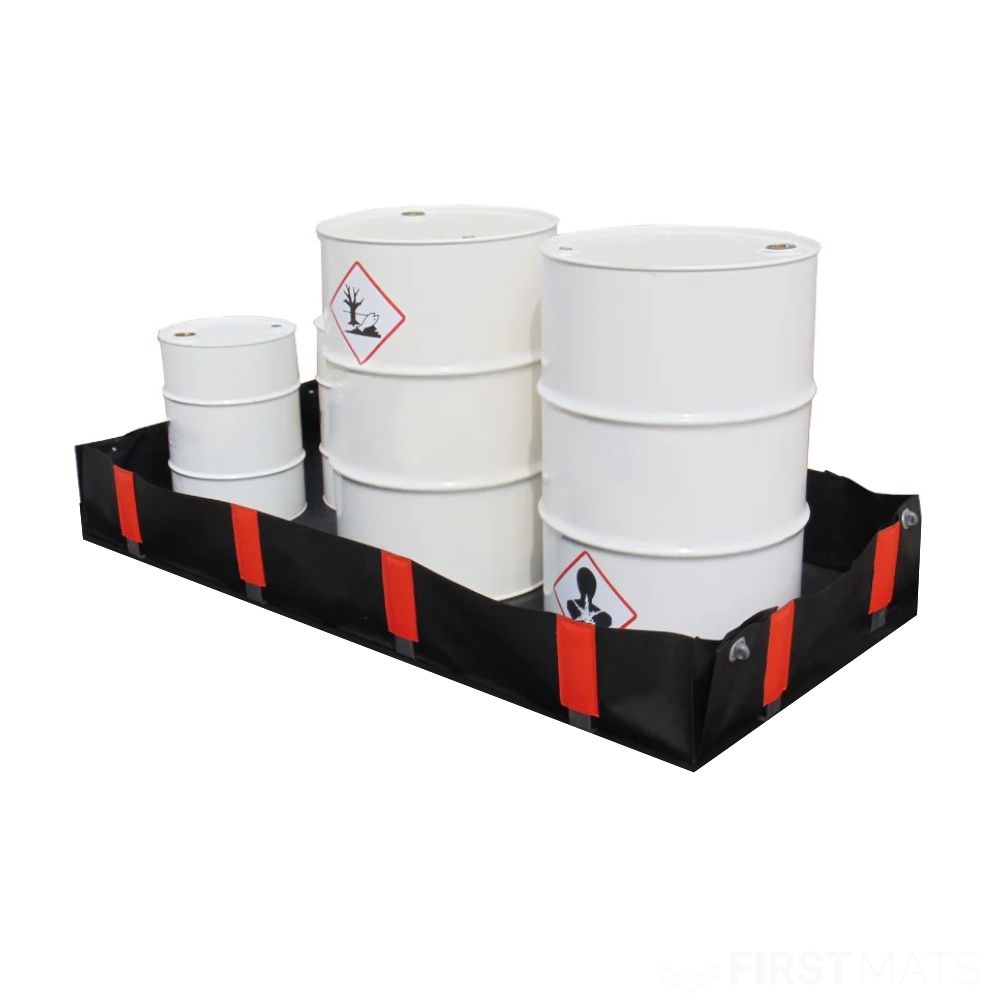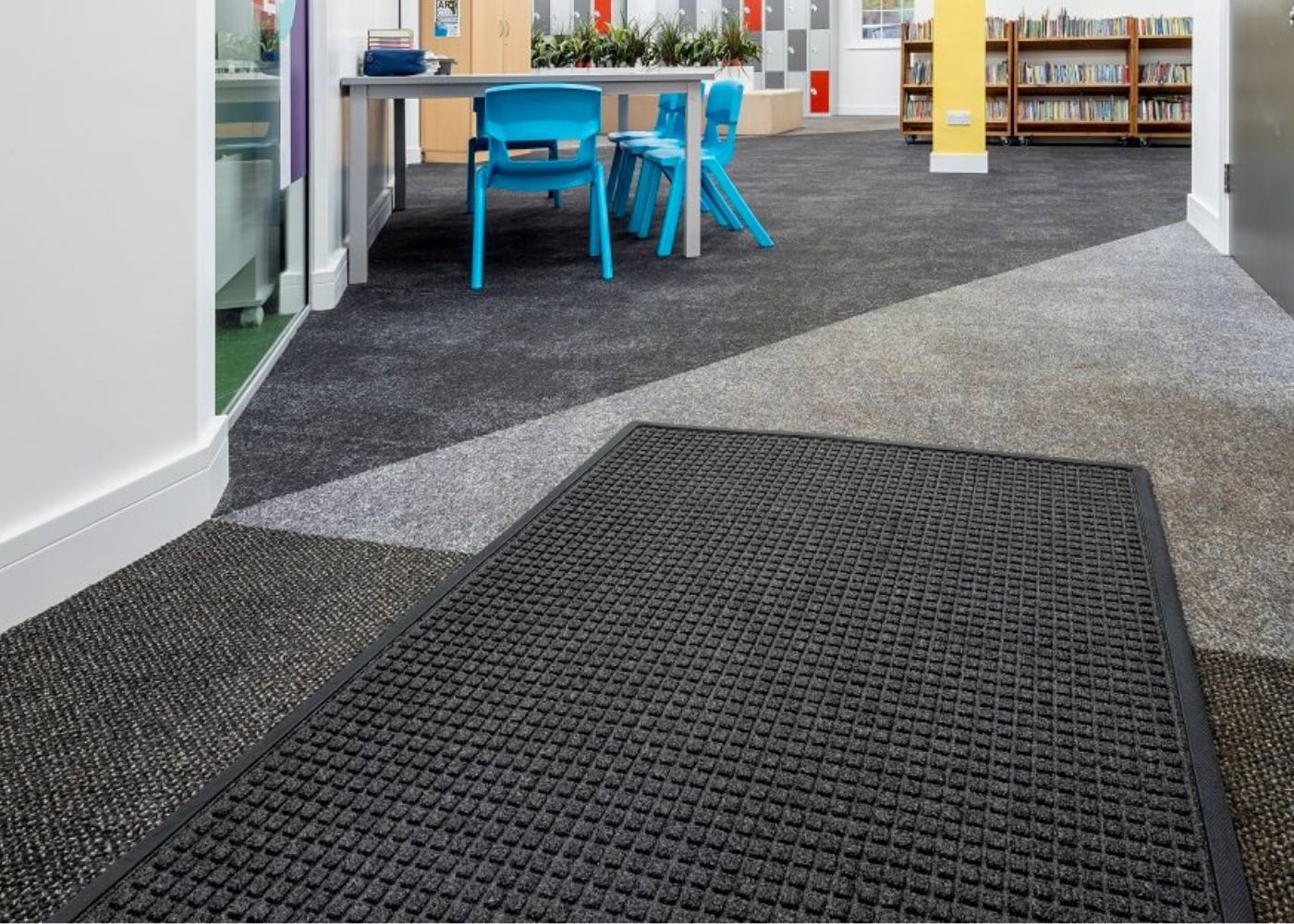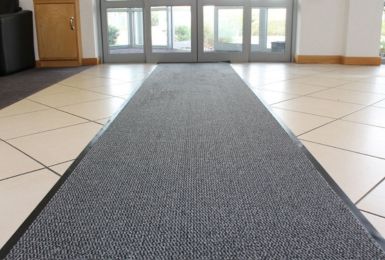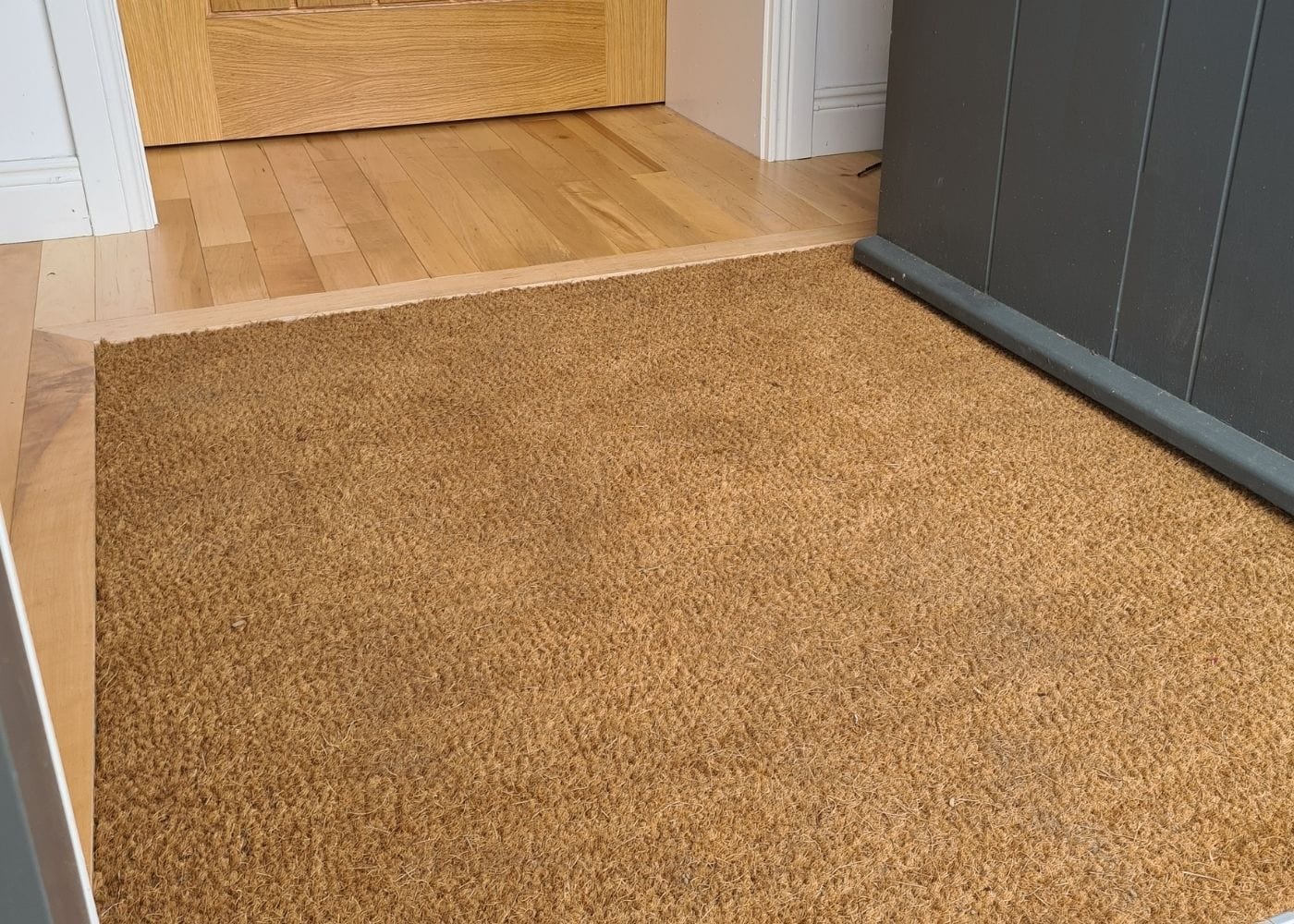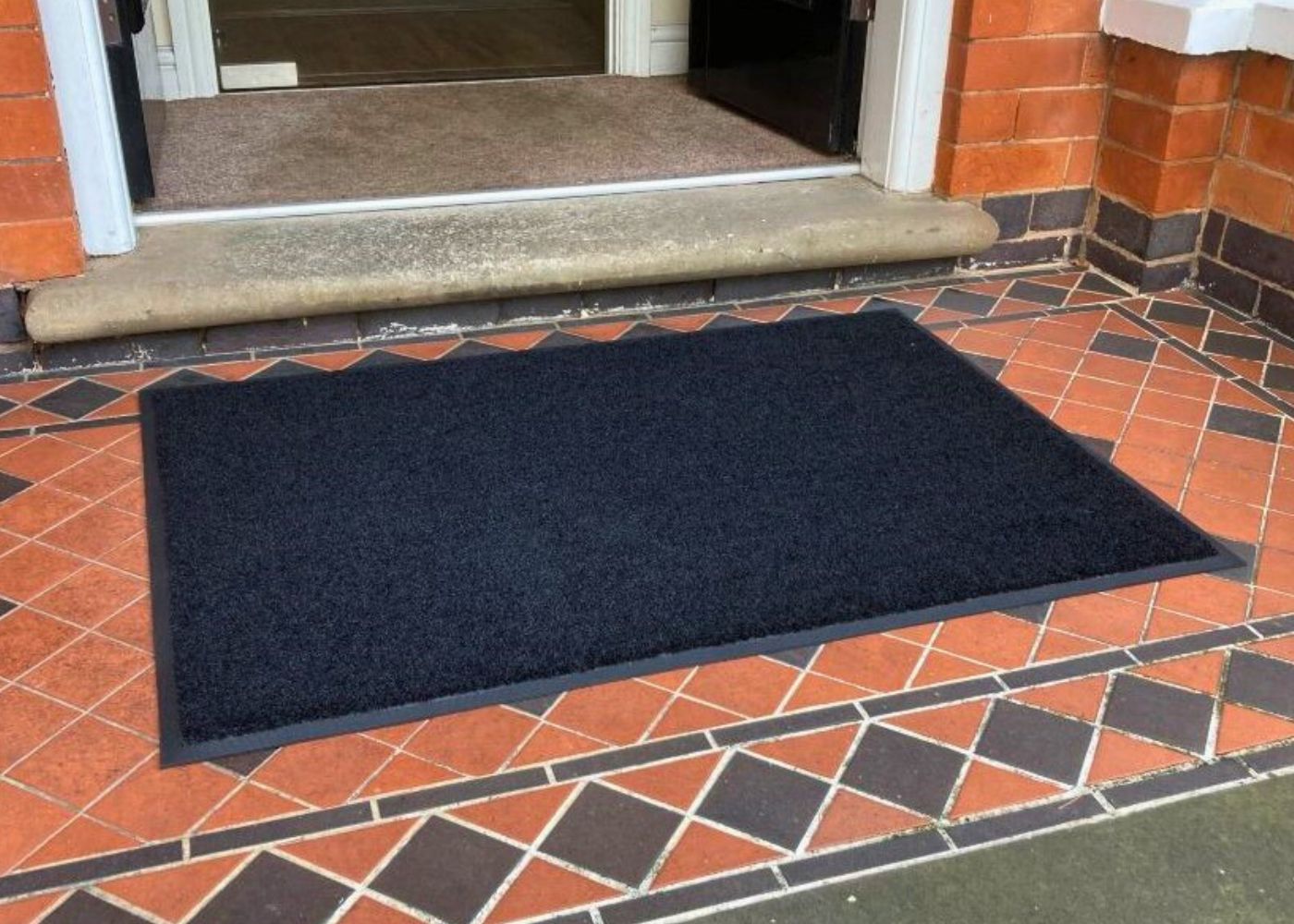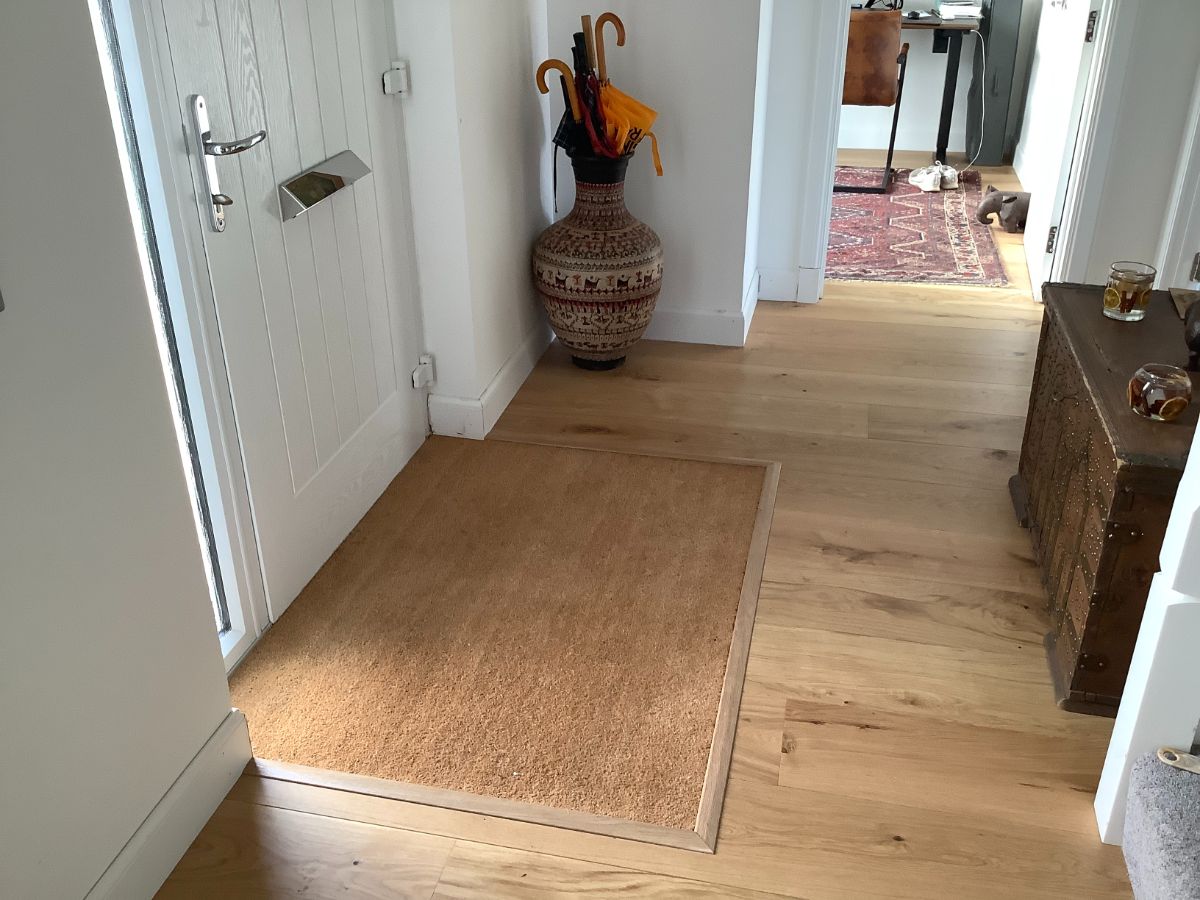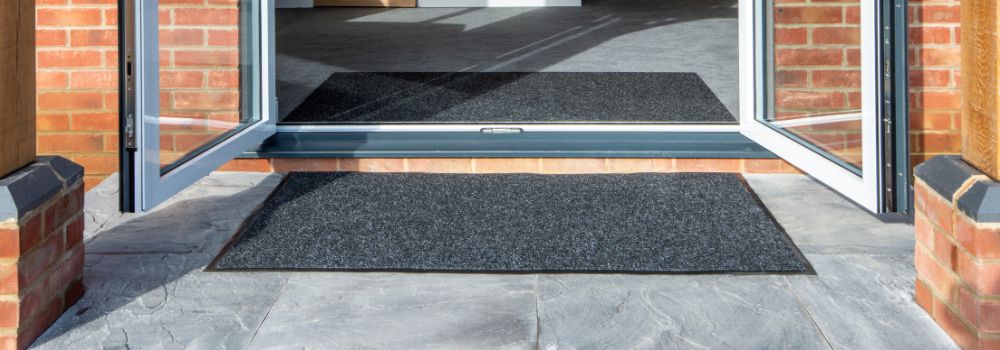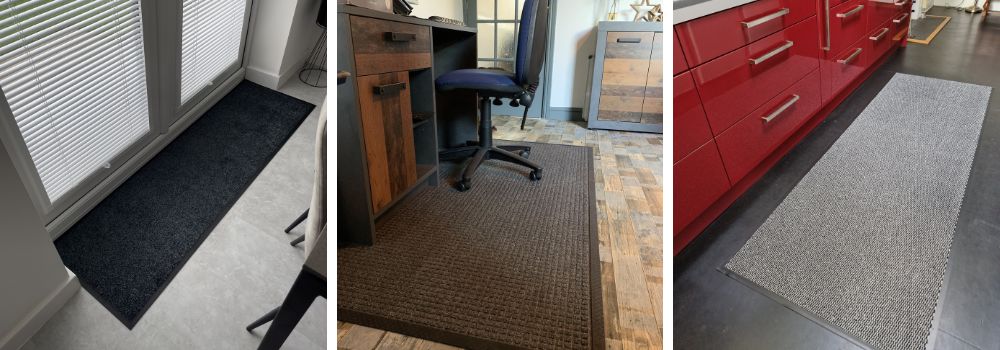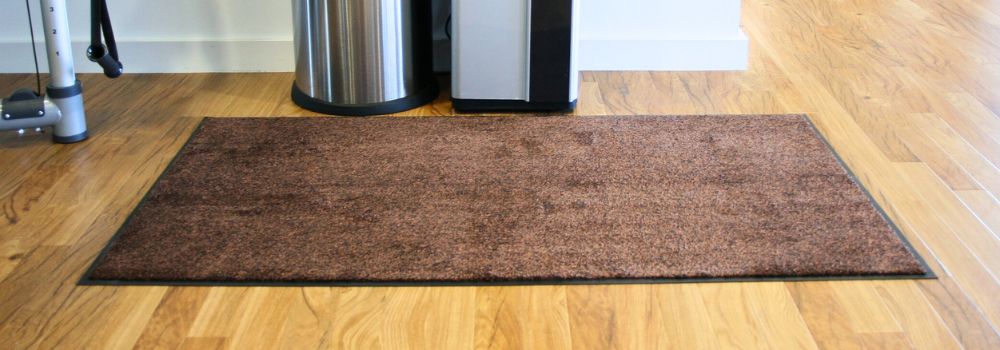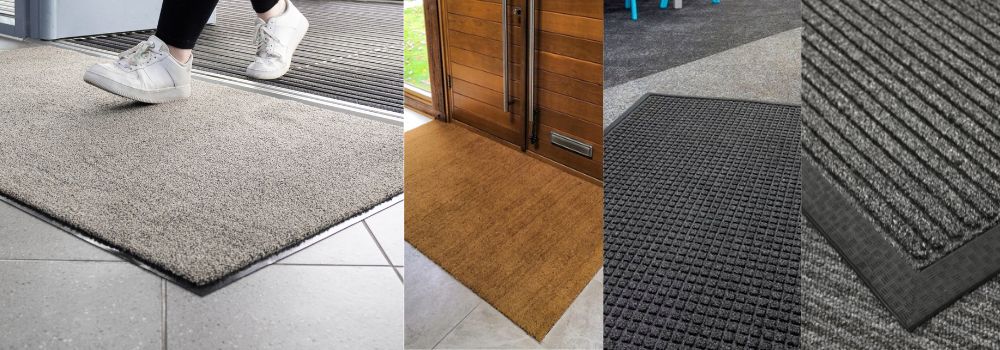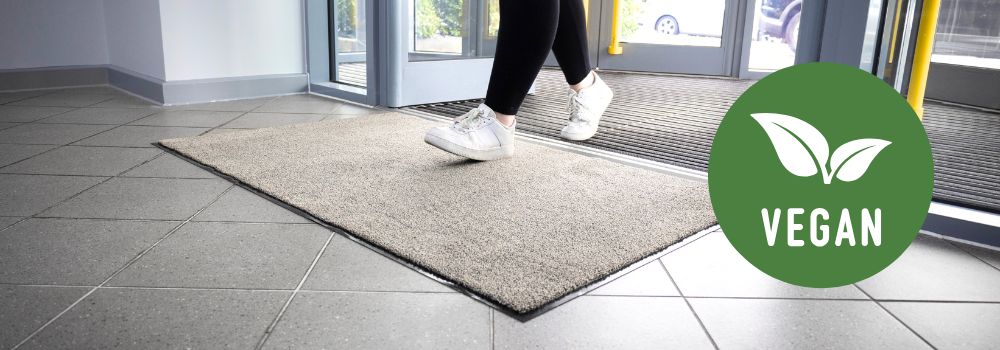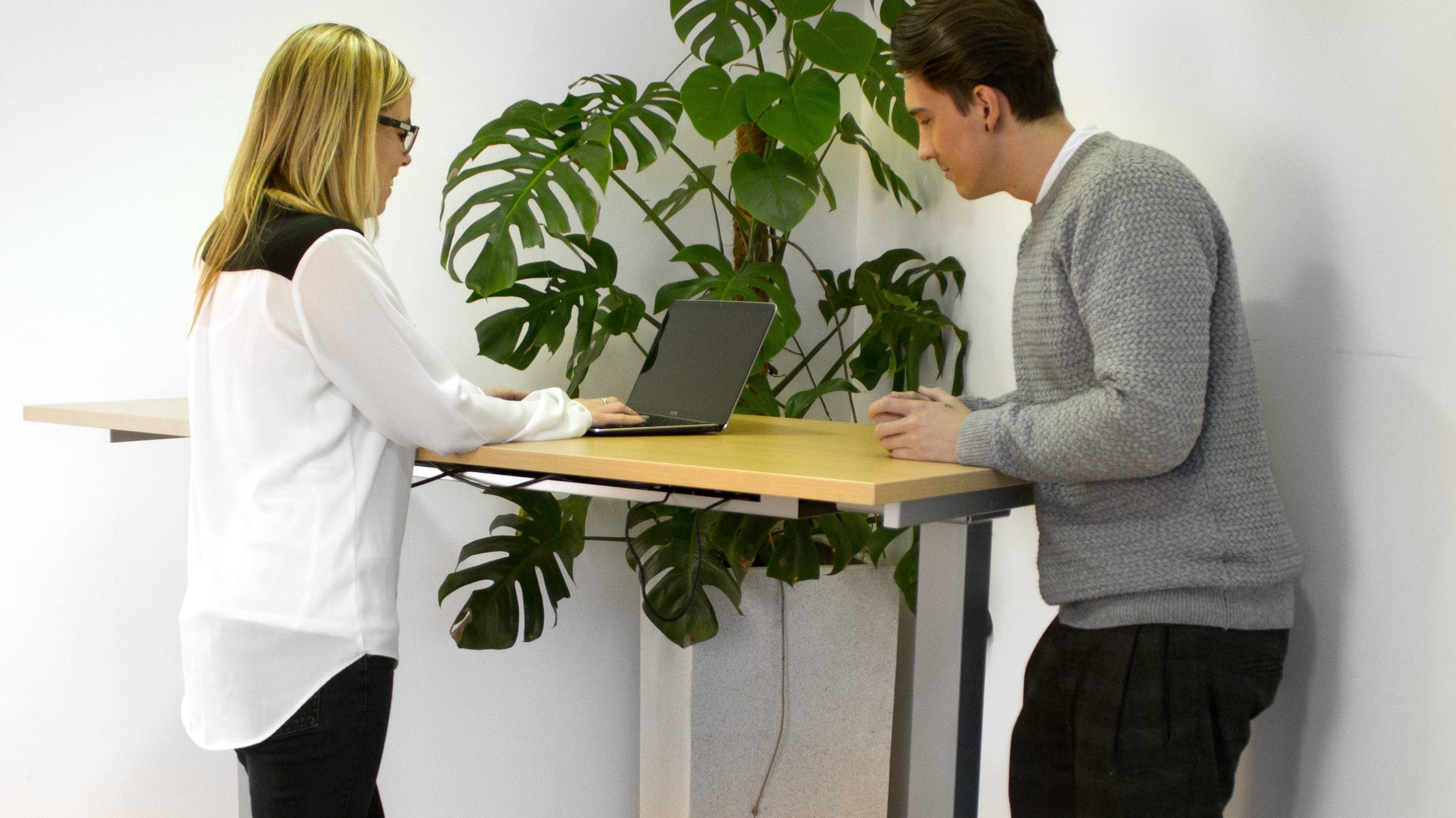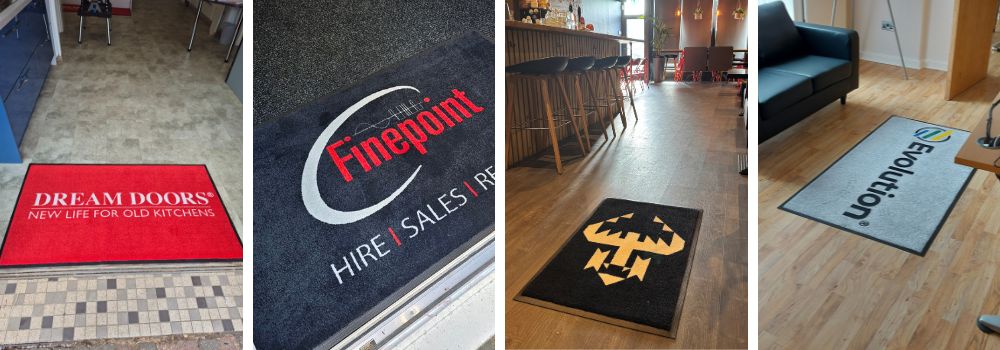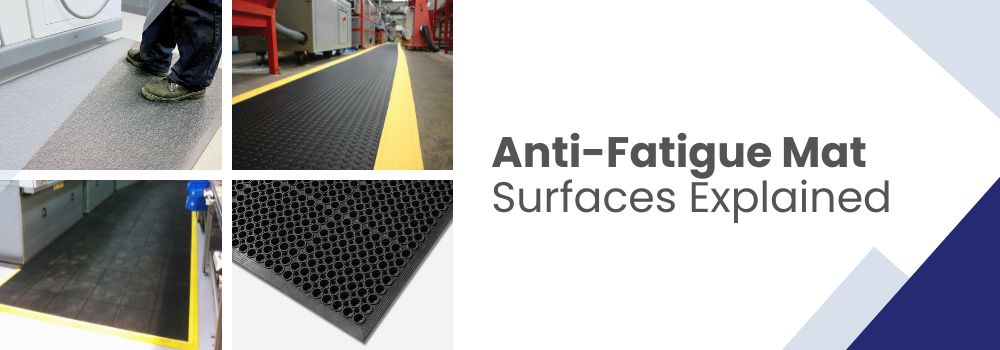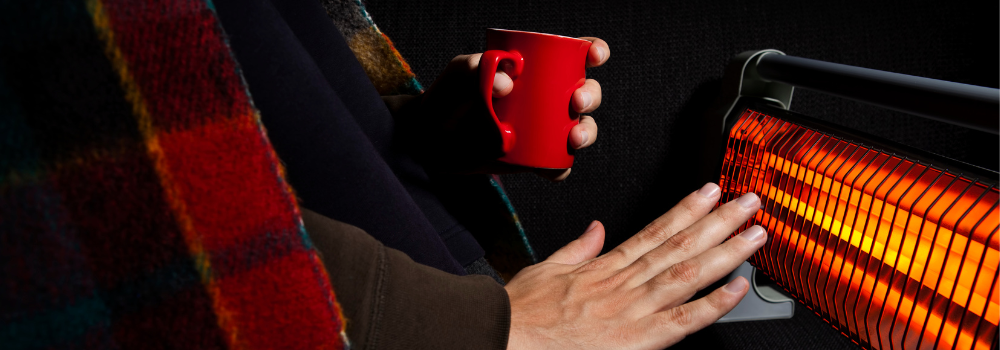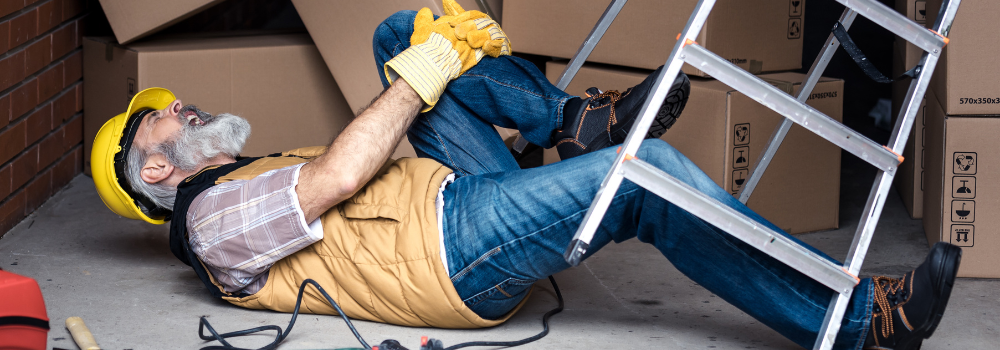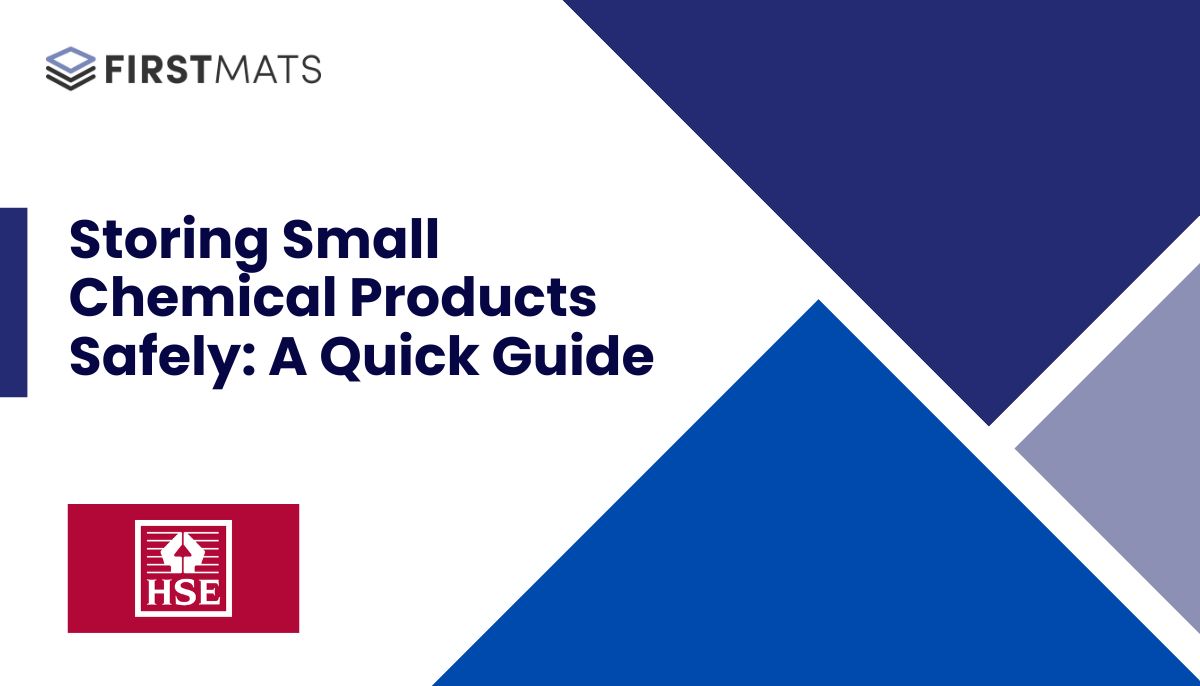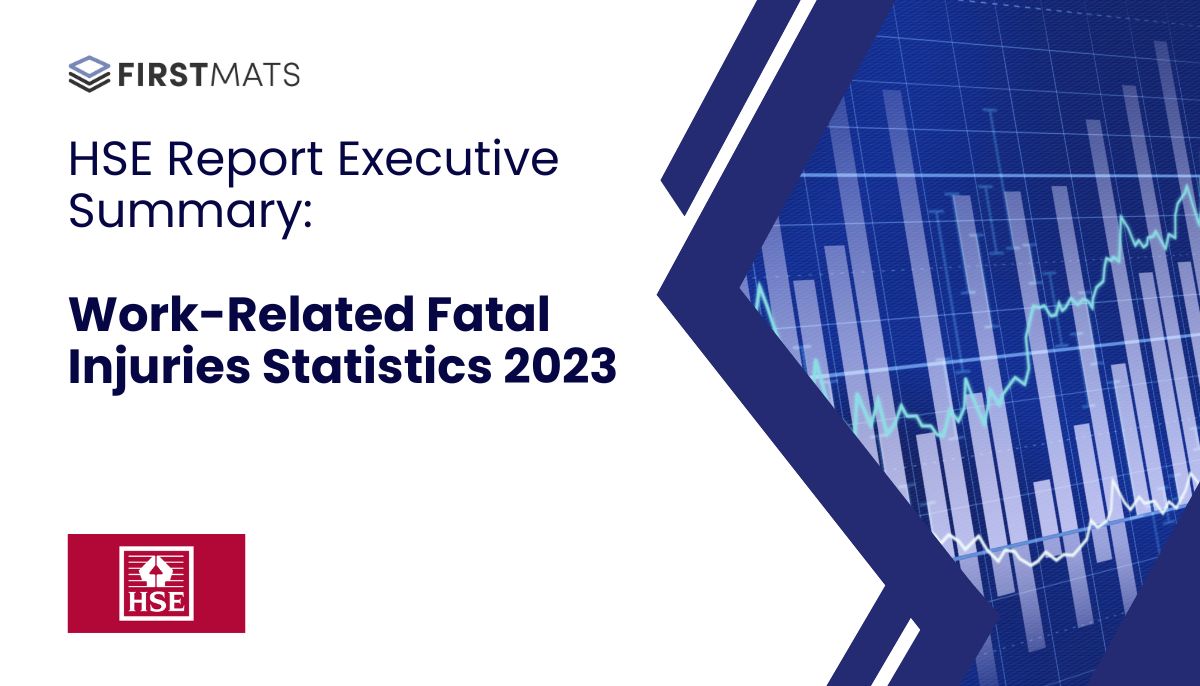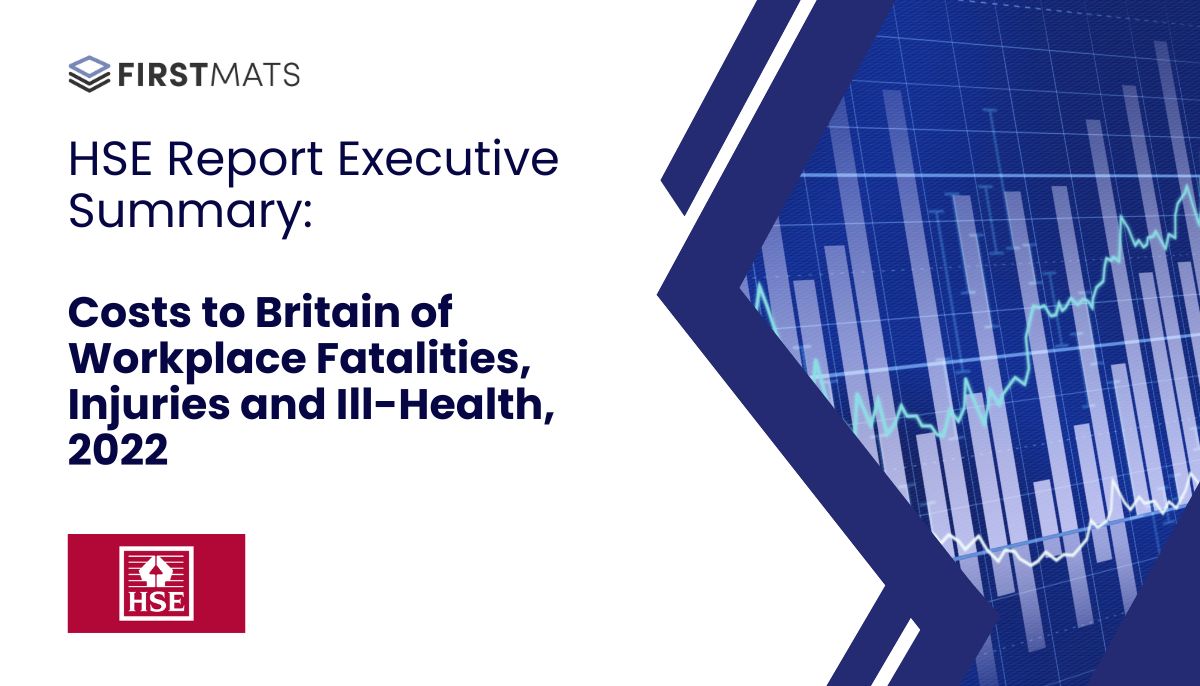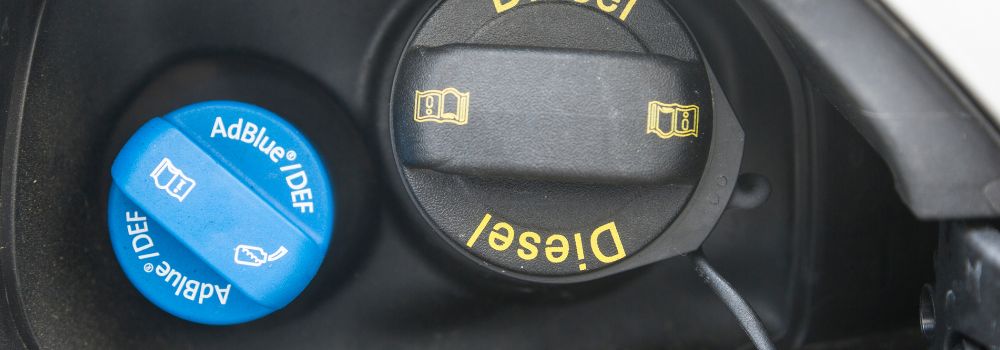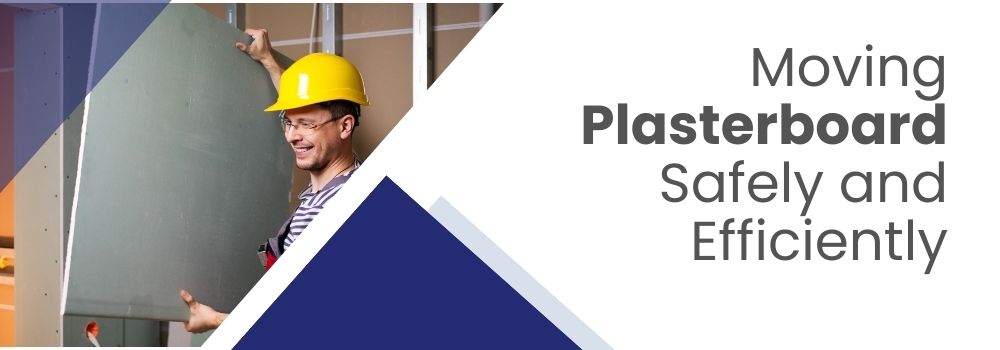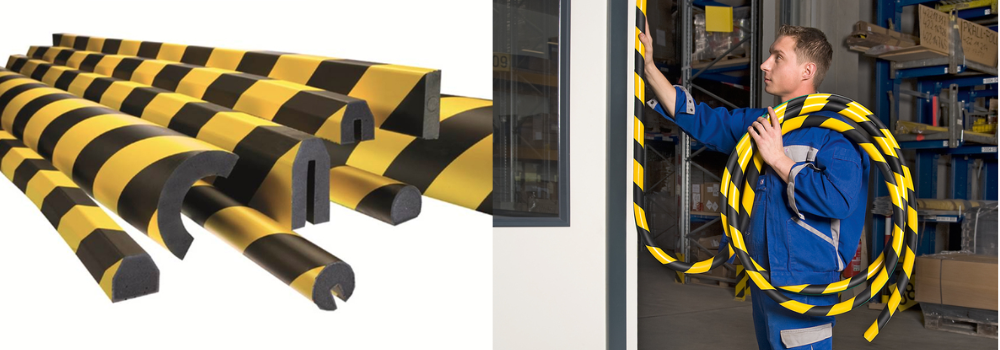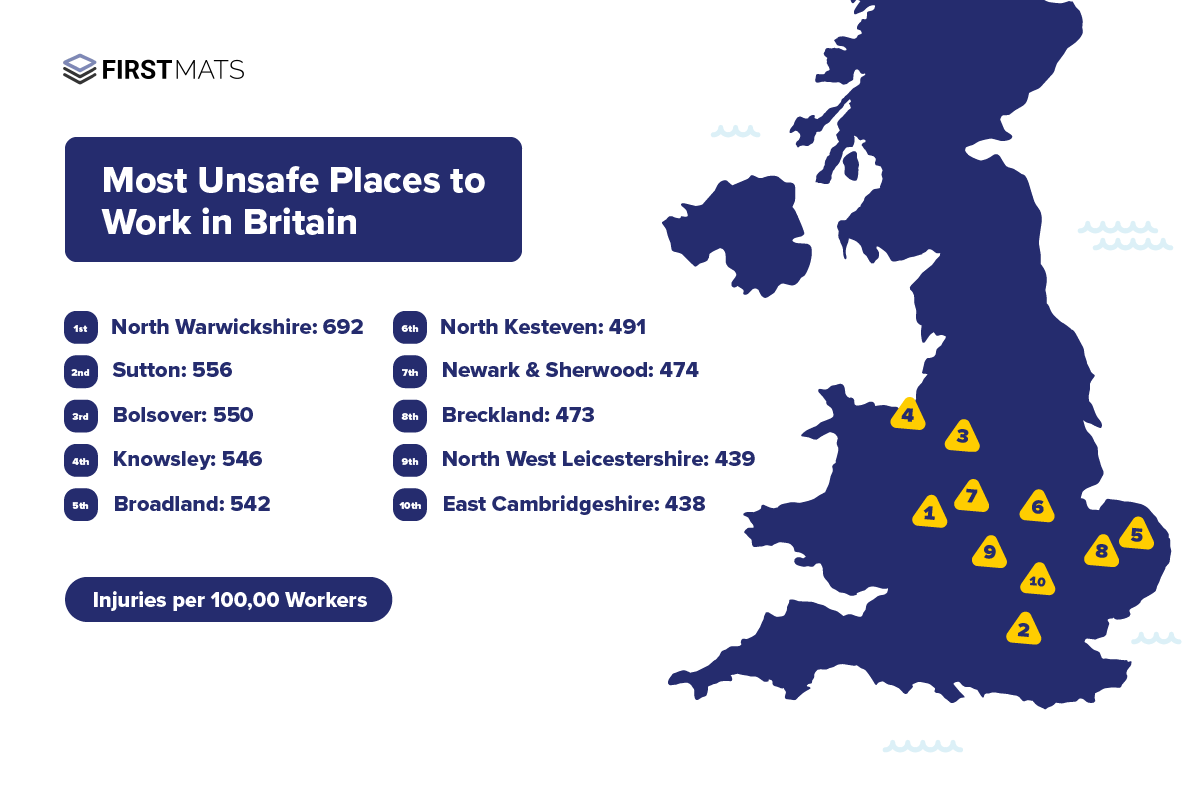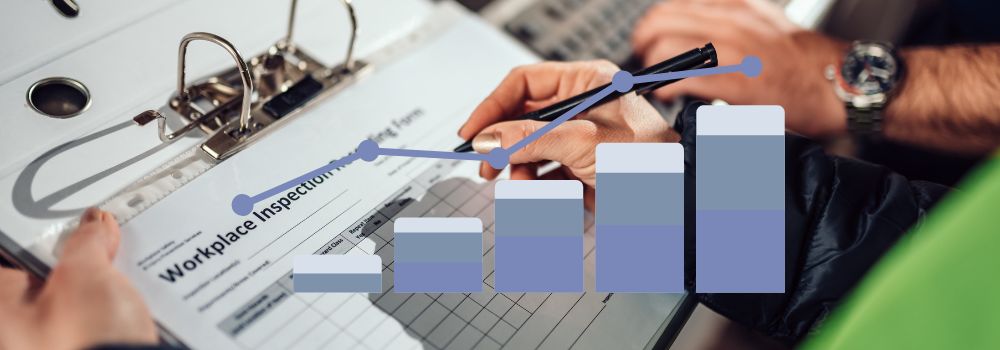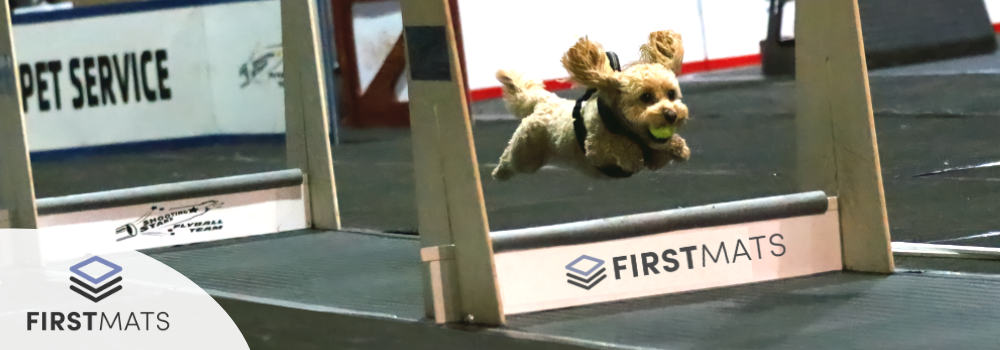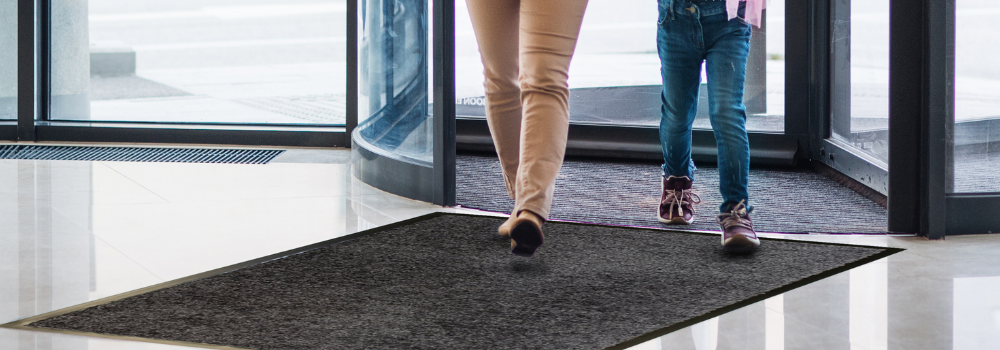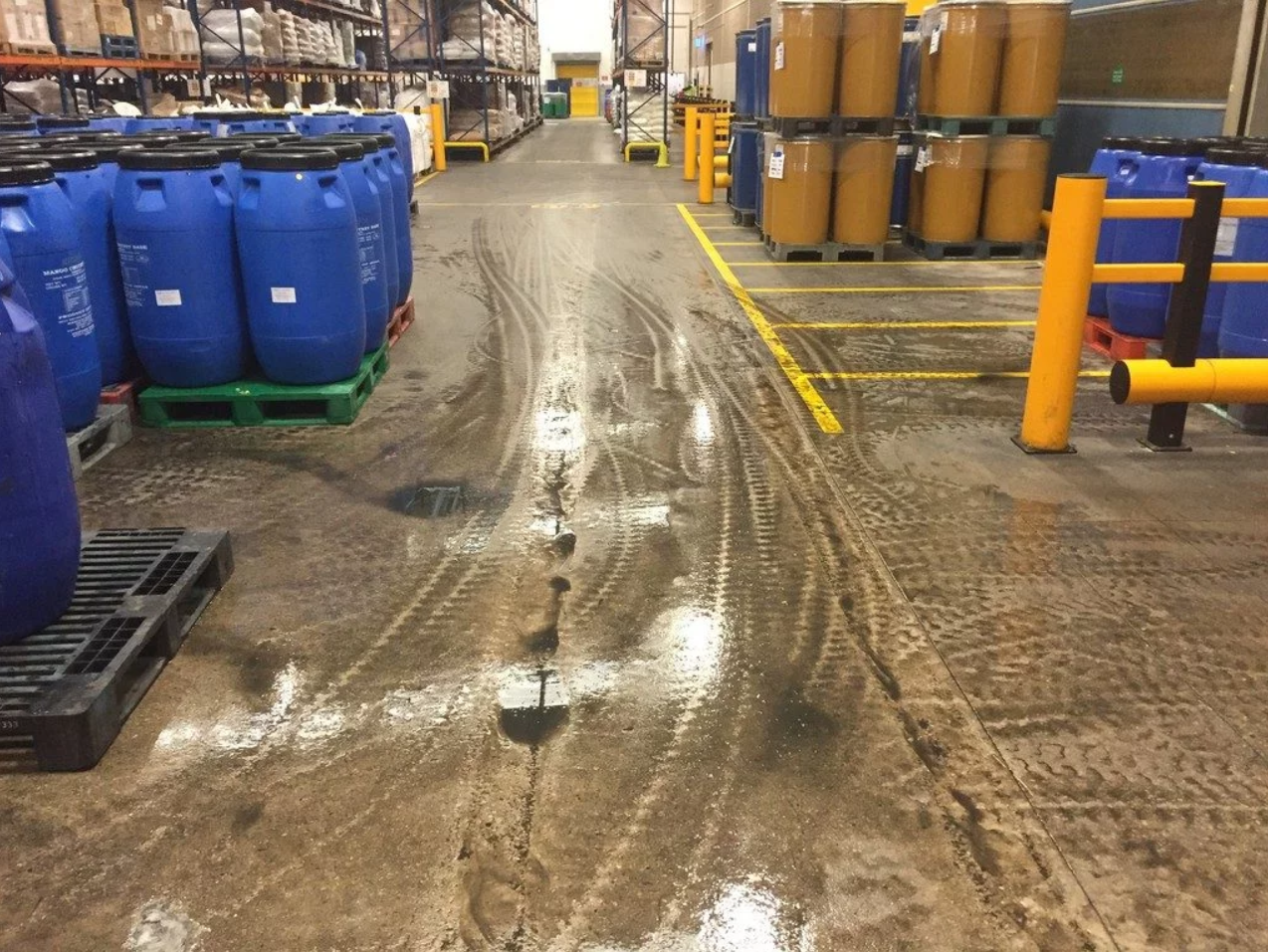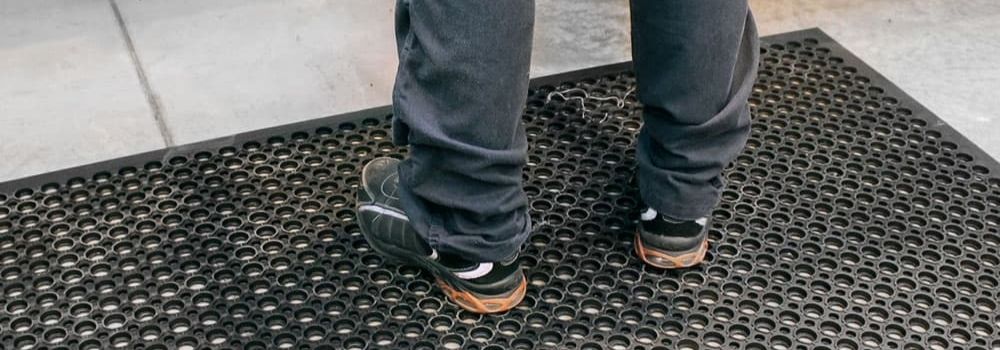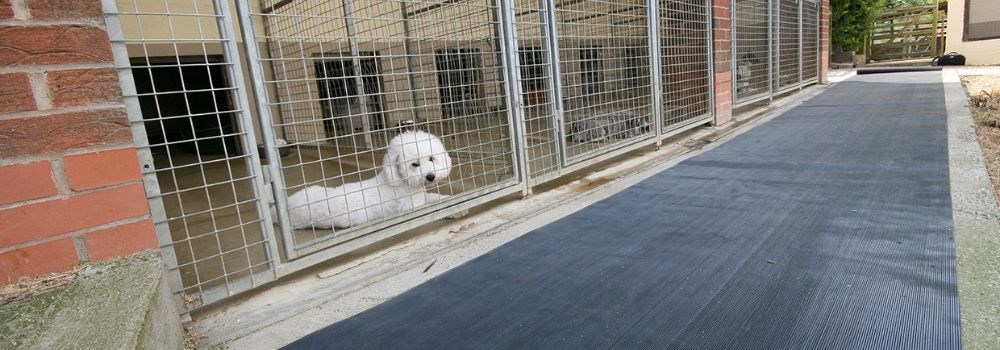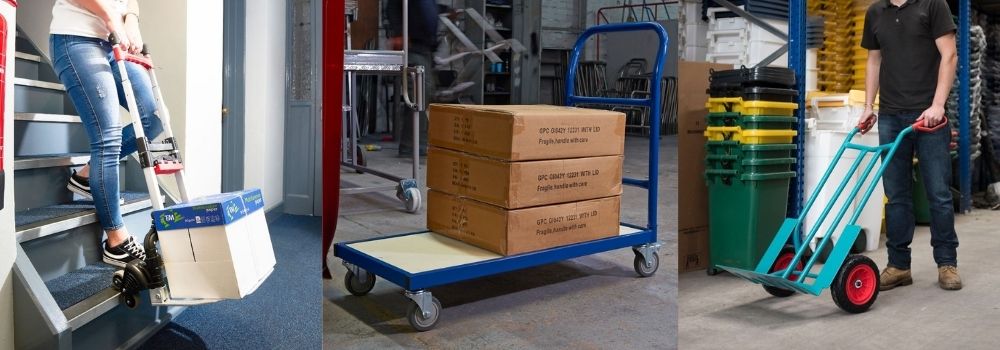How to Use a Pallet Truck Safely

by Richard O'Connor
Jun 18, 2021 | *3 minutes to readPallet Trucks are a ubiquitous piece of equipment in warehouses and distribution centres – they are cost-effective, easy to use with very little training, and improve safety and productivity dramatically. However, they can also cause injuries and accidents if they are not used correctly. Here’s our quick guide to the safe, effective use of pallet trucks and pump trucks.
Pre-shift checks
Pallet Trucks should be inspected before each use. Look for wonky wheels, apparent damage or wear, check the brake (if fitted), check for smooth pump action and that the hydraulics are lifting/dropping correctly and evenly. Staff can be trained to conduct these checks or carried out by team leaders, maintenance or management personnel.

Stick to the rules
Pallet trucks do not have unlimited capacities. Maximum operating loads are usually marked on the trucks themselves; however, if this information is missing or has worn away, ensure that operators are aware of the upper limit and stay under it. Overloaded trucks can cause manual handling strains when pushing or pulling, are more likely to tip over and damage the load, adjacent equipment or staff, and are much harder to control. You can negate this by using weigh beams, scales or more simply by marking loads with their weight.
Transition ramps correctly
Although designed for use on flat ground, the reality is that operators might often need to negotiate ramps or inclines/declines with the pallet truck. There are a couple of easy ways to improve the safety of this manoeuvre. Firstly, raise the forks higher than usual to ensure enough clearance for the raised surface. Secondly, push when going up a ramp instead of pulling the truck. This will ensure that the load does not slip from the forks and makes it easier for the operator to keep the weight balanced and under control.
Use brakes carefully
Stopping a heavy load in motion can be risky. Stopping abruptly may cause unsecured, oversized or heavier loads to tip due to momentum. Bring the truck to a smooth stop, and ensure you have left enough space. When stationary, if your truck has locking brakes, use them to make sure that the truck does not roll.
Move in the right direction.
As mentioned above, when you or your operator are moving up a ramp, it is best practice to push the truck. When moving along flat ground, it is always better to pull the truck. This causes less strain on the user, gives better manoeuvrability and allows for an unobstructed view of the route ahead, including trip hazards, other members of staff or any spills or obstructions that need to be considered.
Store considerately
At the end of shifts or on a break, encourage operators to return the truck to a dedicated area. Once there, the best practice is to ensure that forks are lowered and facing a wall or at least away from high-traffic areas. This should prevent personnel from tripping over the exposed forks. The added benefit of a dedicated storage area is that you can more easily conduct the pre-shift checks outlined earlier.
If you would like further advice or have questions, please contact one of our team of experts, who will be happy to help.
Explore More Topics
Frequently Asked Questions
If you have any questions, we’re here to help
How long does delivery take?
Each product comes with a specified lead time for delivery. We'll keep you informed if there are any delays in meeting this timeline.
Typically, once you’ve finalised your order and approved the proof, it will take 4-5 business days to make and deliver your finished mat.
If my order is damaged, can I return or exchange it?
Got a problem with your order? If something's not right or you're not thrilled with the quality, just let us know within 14 days of getting it. Drop us a line, and we'll tell you what to do next—usually, it starts with you sending us a photo of the issue. Once we check that out, we'll sort you out with a refund or a new item, no fuss.
Can I get my mat delivered more quickly?
Need your item in a hurry? Just Contact us to explore the faster delivery options we might have for you!
If my custom mat is damaged, can I return or exchange it?
Got a problem with your order? If something's not right or you're not thrilled with the quality, just let us know within 14 days of getting it. Drop us a line, and we'll tell you what to do next—usually, it starts with you sending us a photo of the issue. Once we check that out, we'll sort you out with a refund or a new item, no fuss.






